User-generated content (UGC) implies the written or multimedia content associated with your brand. Generally, this…
Essentially, there are two kinds of marketing: inbound marketing and outbound marketing. Both are the marketing techniques that draw shoppers to your brand, but the two vary in techniques. So, how do you recognize which is the best for your business? Let’s begin with differentiating between the two.
Outbound marketing focuses more on traditional modes of marketing, like telemarketing, direct email, television and radio commercials, sales flyers, etc.
With people’s ability to fast-forward the commercials and opt-out from paperless mail options, drawing customers with outbound marketing techniques is growing more complicated.
Inbound marketing, on the contrary, focuses more on drawing customers to your website via the content of high-quality, social media, SEO, and branding.
It is a blend of marketing strategies and techniques focusing mainly on drawing, converting, sealing, and pleasing customers by sharing content relevant to the target audience.
Brian Halligan, CEO of HubSpot and the inventor of the term inbound marketing, advocates for the inbound strategy to help yourself “get found” by the individuals who are already learning about and buying in your industry.
It’s crucial to note that an inbound marketing strategy usually incorporates content management. However, content management is not merely what’s there on your website. It also covers all of the “free” traffic sources.
The Process
Any strong strategy follows the process given below:
- Bring traffic
- Convert traffic to leads
- Transform leads to sales
- Convert shoppers into repeat higher margin shoppers
- Analyze
Bring Traffic
Search engine optimization (SEO), email campaigns, and social media marketing work together at the initial stage to draw visitors to your website.
Show your expertise to potential visitors by optimizing the content of your site, engaging with social media users, designing landing pages, and developing promotional content.
Convert Traffic to Leads
Unique value propositions, efficient calls-to-action, and banners promoting offers or deals on specific products are effective strategies to transform website visitors into leads.
Also, A/B testing helps in optimizing calls-to-action, landing page conversion, and much more. So make sure to perform A/B testing so you can discover the best strategy that works for your brand, ultimately turning leads into sales.
Transform Leads to Sales
It takes both a marketing and sales team to turn leads into sales. Take into consideration social media presence, demographic information, purchasing behavior, and more to optimize the performance of your marketing strategies.
Customizing the delivery with particular times and channels of communication will enhance the possibility of visitors purchasing something from your website.
Higher Margin Customers
The fourth level stipulates that businesses can decide which kinds of content – and at what times – bear the best outcomes.
What are the best outcomes? That purely depends on your website’s intentions. High margins and repeat shoppers are the two most popular.
Analysis
Most marketers are well aware that best practices for marketing are invariably evolving. That’s why it’s essential to keep pace with industry trends.
Understanding what kind of content your customers need, what sort of delivery method they prefer, and when they require it is critical for keeping optimal click-through and conversion rates.
Staying active on social media and keeping high online visibility via quality content accommodates to gain and retain shoppers.
The Sales Funnel
Inbound marketing has grown and emerged since its first declaration in the mid-90s. It’s necessary to understand the sales funnel, for a better understanding of how it works towards improving sales.
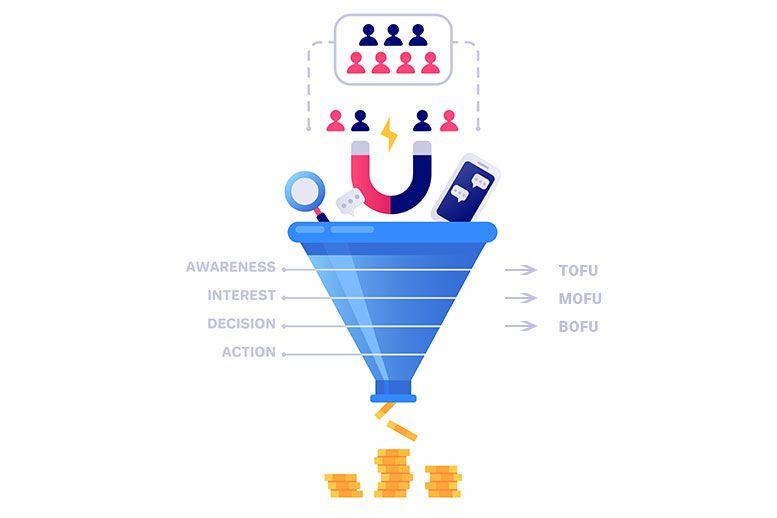
1. Top of the Funnel (TOFU)
It is the stage where unaware shoppers are looking to gain information about a particular product or service they’re drawn towards. It is the stage where high-level content draws in traffic to your website.
So make sure to share informative content, such as guides, “how-to” content, eBooks, and emails in this stage. Remember, customers in this stage are keen to discover the product or service they’re looking for.
2. Middle of the Funnel (MOFU)
This stage comprises the buyers that are keen on buying a solution for their problem but still need to be convinced to buy from a specific site.
As these buyers are assessing every choice they have and are hunting for the most suitable solution in this stage, we suggest sharing content that explains how past customers have profited and how they will benefit from your service or product.
3. Bottom of the Funnel (BOFU)
It comprises of the customers who understand what they want and can make a choice about the services or products they want to purchase.
To make customers pick your brand, it’s crucial to share relevant and useful content in this stage. Assessments, discussions, and on-site demos are excellent content for this stage of the funnel.
By following these stages and acknowledging where each customer is in the shopping journey will assist you to better market towards the specific needs of each customer.
Conclusion
Inbound marketing is a powerful and assessable resource for the growth of your website. It is extremely economical and grants companies the capability to reach their targeted audience by the quality and personalized avenues.
We aim to help clients draw, retain, and engage buyers. If you need advice in optimizing your inbound marketing strategy, please reach us through the comment section below.
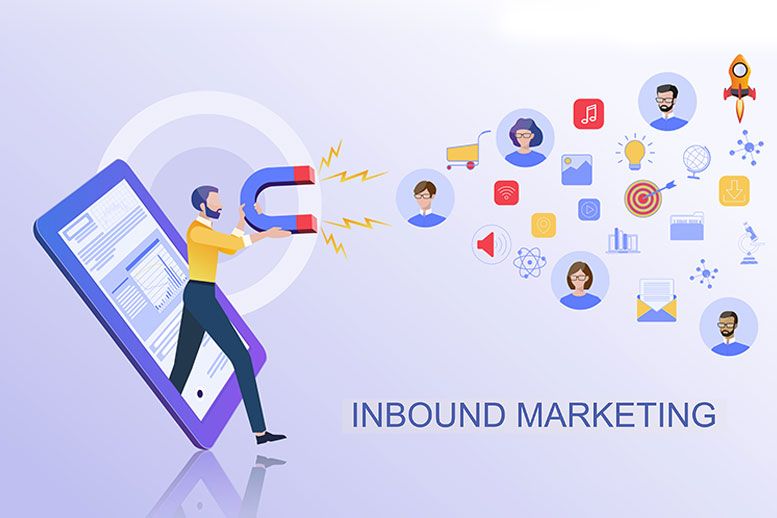
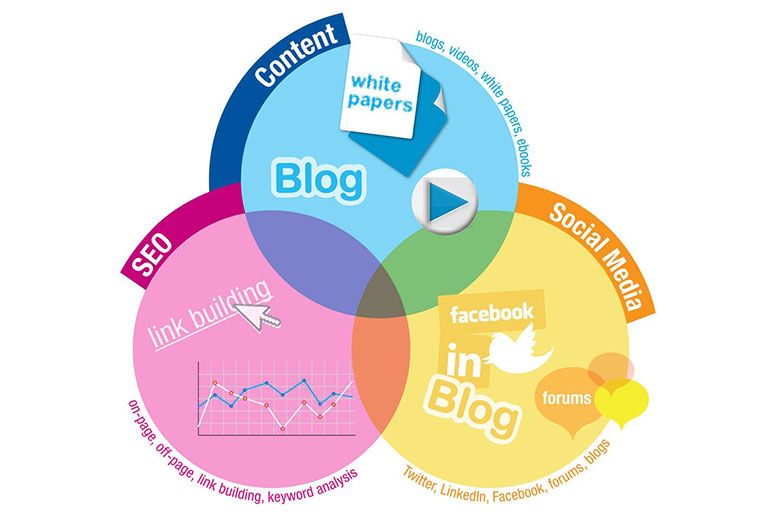

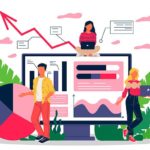
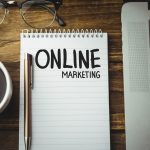

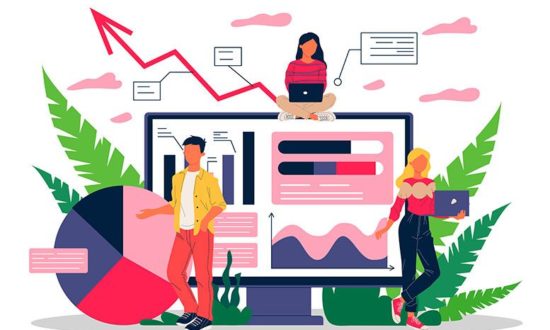

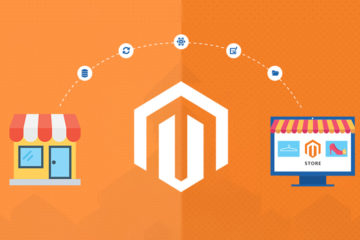
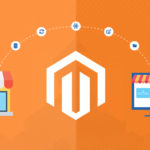





Leave a Reply